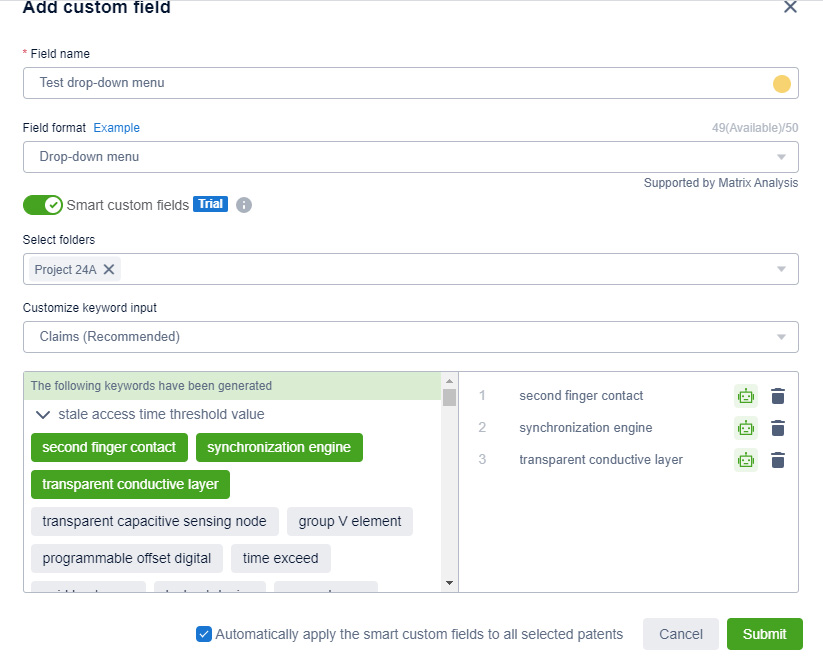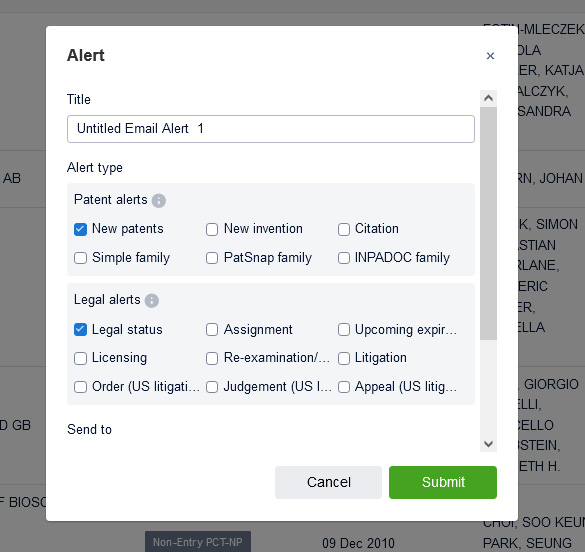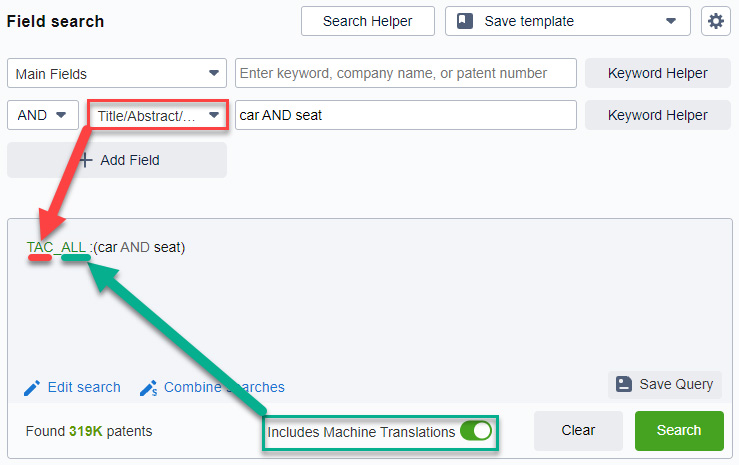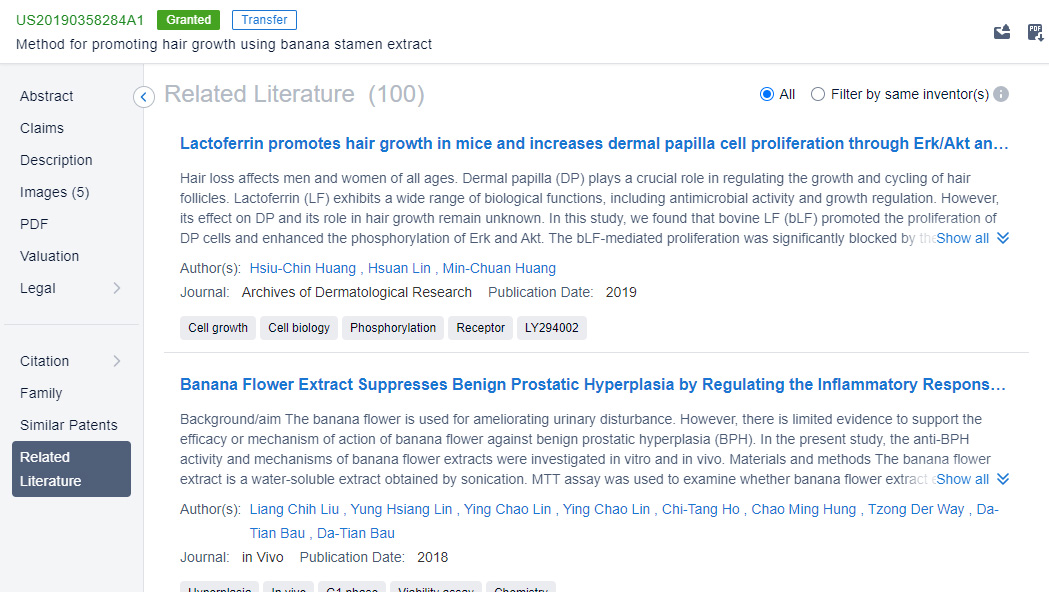Impact of Artificial Intelligence on the Patent System
Artificial Intelligence is being utilized to shift the burden of mundane tasks from humans to software, while increasing accuracy and speed. Here’s how Al is impacting the patent system.
Besides the changes in the Patent Act, assimilation of the internet into society also transformed patent practices. Conversion of patent records to electronic formats on the internet allowed easier access to innovations revolutionizing the R&D sector. Now fusion of Artificial Intelligence (AI) with the legal field is pushing the system towards a more efficient model.
AI is being utilized to shift the burden of mundane tasks from humans to software, while increasing accuracy and speed. The potential impact of the technology has attracted immense R&D endeavors. According to a WIPO Technology Trends Report: “AI patent families grew by an average of 28% and scientific publications by 5.6% annually between 2012 and 2017”. Not only private corporates, but several patent offices across the globe are also trying to hone the benefits AI tools have to offer.
But what are these “AI tools”? What is the “impact” they are having on the patent system? Here are 4 ways AI-powered technology is changing the landscape of patents:
Streamlined Management of IPR Data
With increasing understanding of the importance of patents to businesses, the number of patent filings over the years have also increased. More businesses are applying for patents to derive lucrative gains from their innovative ideas. Manually analyzing millions of patents to identify relevant results or derive useful insights is a time-consuming and resource-draining task.
Fortunately, with AI-powered sorting, the process becomes much less cumbersome. AI-powered software can automate data categorization replacing heavy human intervention (see LINK TEXT). Another example in the field is an initiative launched by WIPO called “LINK TEXT.” This AI-based classification uses Machine Learning (ML) to automatically assign IPC codes to a given technical text. Thus, a significant amount of human effort can be conserved and redirected towards other imperative tasks.

PatSnap’s Smart Custom Fields can be used to filter and categorize results through AI-powered sorting.
More Relevant Data Explosion
With access to seemingly limitless amounts of information, it can be nearly impossible to keep up with relevant insights and extract meaningful insights. The ever-increasing patent filings make staying current especially challenging. New patent publications are constantly being filed and the legal status and subject matter of existing publications is prone to changes. Furthermore, often one needs to consult multiple data sources to derive panoramic insights. For example, to understand the licensing capability of a patent family you may need to look at: current legal statute, subject matter claimed in multiple patent publications, competitors, licensing deals in the technology space, and so forth. Extracting information from numerous sources while simultaneously trying to keep up to date with the analysis becomes complex and error vulnerable.
AI-driven intelligence software allowing humans to extract desired information from a single source thus tremendously reduces human effort. Furthermore, platforms like PatSnap also provide users features such Automatically Updating Folders and Email Alerts to keep up with the constantly changing data. Both legal and non-legal professionals are therefore able to increase the accuracy and efficiency of their analysis.

PatSnap email alerts allow users to keep up to date with various changes within a company’s portfolio or specific technology areas, further it allows you to share this data with colleagues or clients.
Machine Translations Offer Enhanced Knowledge Sharing
Patents are jurisdictional rights, hence, to seek protection in various countries an invention is filed in multiple countries, often in different local languages. Also, inventors tend to file inventions in their country and native language first, before proceeding to file in foreign jurisdictions. Analysis of publications filed in numerous languages may be required to derive critical insights. For example, developing an exhaustive understanding of your competitor’s R&D or product commercialization strategies may require an examination of their patent filings across jurisdictions. Or you may want to track the development of technology in a specific jurisdiction where patents are filed in a non-English language. It is worth noting that the top five patent offices, by patent filing size, in the world operate in different languages (IP 5: JP, KR, CN, EP, US).
Human translation, especially for technical documents, is a laborious and expensive task. AI-generated machine translations allows you to avoid or reduce human intervention. Efforts are being made across the world to make machine transitions more credible. In 2019 the EPO created a dedicated Data Science team with the goal of applying AI and ML technologies to increase efficiency and quality in the patent grant process. Machine translations are one of the three main focuses of this venture. PatSnap not only provides machine translations of patent publications, but also enables its users to search for patents filed in non-English languages.

Using a combination of machine, and human-assisted translation, PatSnap can translate patents into English, Chinese and Japanese – patent text in other languages is only available when provided by the patent office.
AI Assisted Analytics
Often arguments opposing patentability of an invention comment on novelty or inventiveness of an invention. Analysis of known literature in the field guides inventors to make informed decisions about inventions investments. Furthermore, analysis of patent and non-patent literature allows you to identify whitespaces, thus providing an R&D roadmap towards economically lucrative ventures. However, analysis of publications in any technology domain requires extensive time and monetary investments.
Over the years development of AI searching tools have increased the efficiency of searching tools and prioritizes relevant results to a user’s specific needs. This process minimizes the time and effort otherwise spent on reviewing irrelevant results. Furthermore, AI and ML can be extensively used not only in automating the search process of massive databases but also in improving the accuracy of future searches. In addition to making patent searching effortless, AI searching tools make searching accessible to both IP-proficient and non-IP proficient users. For example, PatSnap’s Sematic Search, Similar Literature Search, and Image Searching features provide relevant results from both patent and non-patent literature without the creation of complex Boolean search strings.

PatSnap’s related literature uses a semantic search algorithm to find related non-patent literature similar to the patent being viewed.
Conclusion
The merger of AI and patents has increased inventor workflow and efficiency across the globe. However, this union comes with its own challenges and limitations.
These intelligent algorithms thrive on data. Thus, organizations with limited access to data, such as small regional patent offices, are not able to design premier AI systems. International collaboration will be necessary to overcome this hurdle, which is a demanding task. Furthermore, a machine’s capability to present legal interpretation remains questionable. Human intervention still has a significant role in the foreseeable future. However, we can be certain that technological progressions will keep pushing current software models to more efficient systems. We can certainly expect a reduction in human efforts.
Author Bio

Poorvi Thakur has experience in patent searching and analytics across multiple domains. She has worked With IP attorneys, Patent Agents, and R&D professionals to facilitate the formulation of patent portfolio and R&D strategies. At PatSnap, Poorvi enjoys helping innovators achieve their intellectual property objectives by empowering clients to derive essential value from the platform and by providing analytical reports with a focus on Patent/R&D/Business strategies in a technology landscape.